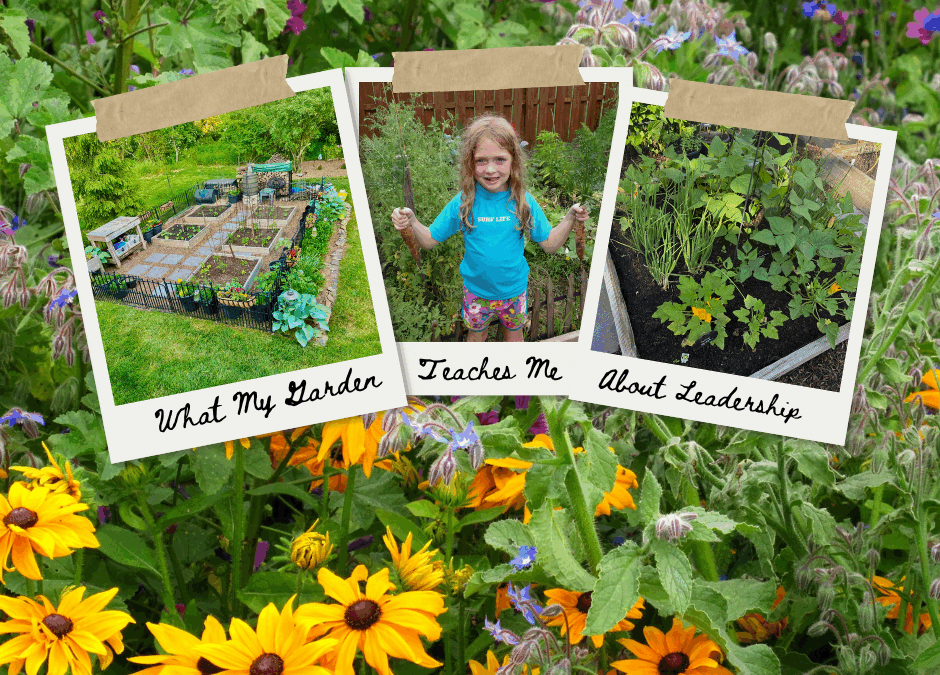My tiny garden is more than a place to experiment and grow vegetables — it’s a living classroom and a sanctuary. Each seed, plant, and season carries lessons shaping me into a more compassionate and effective leader.
Patience and Timing
Gardeners sometimes learn this the hard way, but we know that growth cannot be rushed. Seeds sprout in their own time, and no amount of pushing will make them mature quicker. In leadership, the same principle holds true: people need space and time to grow into their potential. By practicing patience, leaders allow ideas to develop naturally and provide team members with the time to build skills at a sustainable pace.
The waiting is the hardest part for me with a root vegetable’s life cycle, it seems to take so long before they are fully mature and ready for harvest. Some of the most rewarding days of a backyard gardener’s life are the days we get to pull the potato plants and embark on the Easter egg hunt of collecting all those gorgeous gold spuds!
Nurturing with Care
Healthy gardens require consistent attention — watering, pruning, and protecting from pests. Leaders, too, must create environments where their teams feel supported and valued. Compassionate leadership means recognizing individual needs, offering constructive feedback, and removing obstacles that hinder growth.
This summer I ended up with more business travel than originally planned. The opportunities were amazing, so I am not complaining, but my garden suffered because of this. With less neglect and more in-person attention to the sprouting zucchini’s, I may have been able to prevent the bought of blight they succumbed to in July.
Diversity Strengthens the Whole
A thriving garden is rarely made of a single crop. Diversity of plants enriches the soil, attracts helpful pollinators, and guards against disease. Similarly, diverse perspectives, backgrounds, and talents strengthen an organization. Leaders who cultivate inclusion reap more resilient and innovative teams and often arrive at better outcomes.
This year I experimented with growing beans and zucchini together in one bed and cucumbers and beets in another. These are not necessarily companion crops, but I wanted to see what would happen…Long story short, the zucchini was a big fail, the beans grew so lush and high that they blocked most of the light source to the zucchinis. The cucumbers did great but the beets were under performers, likely also due to the blocking of light once the cucumber plants matured and wrapped themselves around their new “A” frame trellis.
Adaptability and Resilience
Weather is unpredictable, and even the best gardener cannot control every variable. Leaders face similar uncertainties — shifting markets, unexpected challenges, or changing community needs. By adapting and responding thoughtfully rather than reacting in panic, leaders can steer their organizations through any season and any storm.
In the end, both gardens and teams flourish when they are tended with care, respect, and vision. Leadership rooted in compassion doesn’t just produce results — it fosters environments where people, like plants, can truly thrive as we learn from our trials and tribulations.


Recent Comments